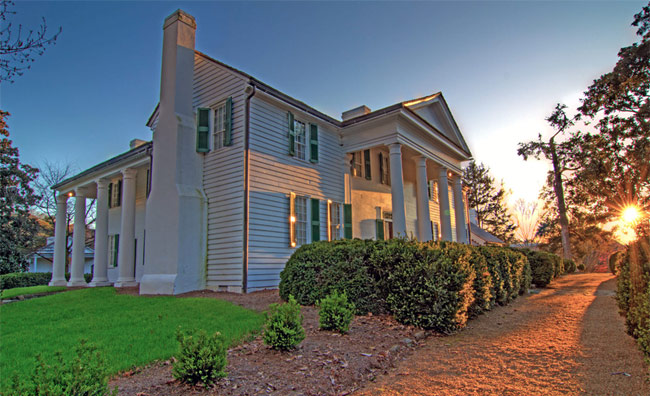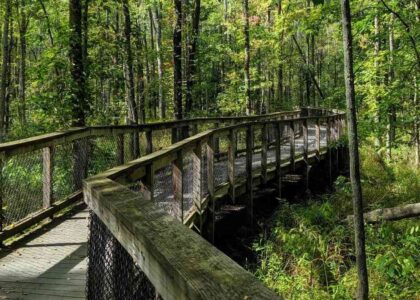Welcome to Fort Hill, a place rich with history and significance, nestled within the vibrant campus of Clemson University in South Carolina. As you explore this site, you are walking the grounds of what was once the home of John C. Calhoun, a prominent figure in American politics during the early 19th century. Calhoun served as the seventh Vice President of the United States under both John Quincy Adams and Andrew Jackson. Known for his staunch advocacy of states’ rights, he was a key proponent of the controversial doctrine of Nullification.
Originally constructed around 1803, this residence was first known as Clergy Hall, built by Dr. James McElhenny. When Calhoun acquired the property in 1825, he expanded it from a modest four-room house to a grand 14-room mansion, renaming it Fort Hill after the nearby Fort Rutledge. This transformation reflected not only Calhoun’s growing prominence but also his vision for the estate.
After Calhoun’s death in 1850, the estate was passed through several generations of his family, eventually coming into the hands of his daughter, Anna Maria, and her husband, Thomas Green Clemson. It was Thomas Clemson’s bequest in 1888 that set the stage for the property’s next chapter. In a visionary move, he donated over 800 acres of the estate to the state of South Carolina, stipulating that it be used to establish an agricultural college. This act of philanthropy led to the founding of Clemson University in 1889.
Today, Fort Hill stands as a museum, a testament to the complex history of this land. It offers a window into the past, with its Greek Revival architecture and carefully preserved interiors. The house is all that remains of the once expansive plantation, a poignant reminder of the plantation economy that thrived here, supported by enslaved labor.
The museum also serves as a place of reflection and education, encouraging visitors to grapple with the legacies of slavery and states’ rights that Calhoun championed. Fort Hill was designated a National Historic Landmark in 1960, underscoring its historical and cultural significance.
As you walk through the halls where Calhoun once deliberated over matters of national importance, imagine the conversations that took place within these walls. Picture the evolution of the estate from a bustling plantation to the heart of a major academic institution. The transformation of Fort Hill over the centuries is a microcosm of the broader changes in American society, from agrarian roots to educational advancement.
By preserving Fort Hill, Clemson University honors both the achievements and the challenges of its past, ensuring that the stories embedded in these walls continue to inspire and educate future generations. As you conclude your visit, consider the legacy of this place—not just in terms of its historical figures, but as a living monument to the ongoing pursuit of knowledge and progress.




